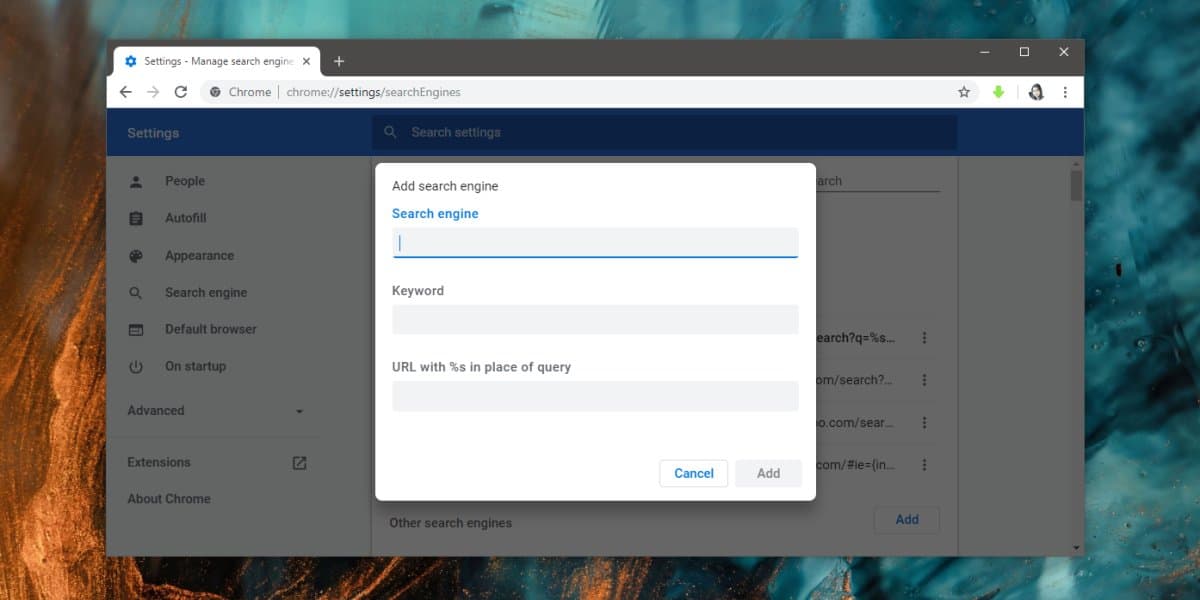
From there, you can navigate to the section you need, locate the emoji or symbol, and double-click on it to add it. To do that, click on the Input Sources menu bar item again, but this time, choose Show Emoji & Symbols. You can’t use Keyboard Viewer to type emojis or other symbols like pictographs. Select the keyboard you want to add from the list, and then press Add. To add another keyboard in System Preferences, click on the Input Sources tab and then press the “+” at the bottom of the left sidebar. However, you can change that, even when the virtual keyboard is on screen, by clicking on the Input Sources menu bar item and choosing another keyboard. If you have more than one it defaults to the one you selected in System Preferences. If you only have one keyboard listed in System Preferences, Keyboard Viewer will use that. So you can teach yourself, for example, that the degrees symbol ˚ is Option-k by pressing the Option key and scanning the virtual keyboard. If you press Shift, Control, Command, or Option, the virtual keys’ labels will change to show their alternative versions. In fact, the Keyboard Viewer virtual keyboard is a good way to discover where obscure characters are on the physical keyboard. If you want to click on alternative characters such as the ˚ or ® symbols, you can hold the Option key on your physical keyboard and select the symbol from the virtual keyboard.

You can use Caps Lock to hold shifted characters while you select them. But you can only click on one button at once, so can’t select those characters. You can press the Shift or Option keys on the virtual keyboard and see the characters change to their shifted or alternative versions. Now you can click on any key on the virtual keyboard and it will place that character in a currently active document, web browser, or anything else that takes text input. If you want to turn it off, just click the Close button in the top-left corner of the keyboard. You will now see your virtual keyboard appear on the screen. Click Accessibility Keyboard, then check the box next to Enable Accessibility Keyboard.Select the Accessibility pane then choose the Keyboard from the left-side menu.Go to the Apple menu and choose System Preferences.
#How to see keyboard shortcuts on mac trial
Once you’ve downloaded and installed the app (free trial available), launch CleanMyMac X, choose the Maintenance module in the sidebar and try out the tools on the list. If your Mac’s keyboard is unresponsive or takes a long time to show characters on the screen, you can boost its performance using the Maintenance tools in CleanMyMac X.


 0 kommentar(er)
0 kommentar(er)
